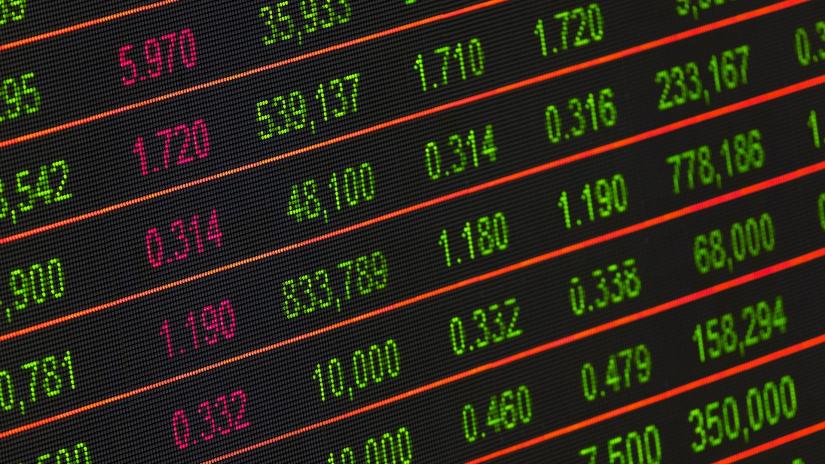At least four times more than regulators actually catch and prosecute, according to new research from UTS Business School.

Image: Pixabay
How much insider trading is going on in US stock markets? At least four times more than regulators actually catch and prosecute, according to new research from the University of Technology Sydney.
Research co-author Finance Professor Talis Putnins from UTS Business School said while it is generally agreed that prosecution cases reflect only a fraction of all illegal insider trading, opinions about the total amount of illegal insider trading have varied widely.
“While some regulators downplay the prevalence of undetected insider trading as negligible, other observers argue it is rampant,” said Professor Putnins.
“We wanted to better understand the extent of insider trading that occurs, but is not detected and brought to prosecution, as well as when and in which type of stocks it is likely to occur, to help financial regulators detect and deter this type of criminal activity,” he said.
Insider trading happens when a person or company uses information that is not available to the public to make a profit or avoid losses in financial markets. The US Securities and Exchange Commission prosecutes approximately 50 insider trading cases per year, and there are harsh penalties of up to 20 years in prison.
“Insider trading allows those with privileged access to non-public information to profit at the expense of other investors, including those invested in the share market through their retirement funds,” said Professor Putnins.
“It also harms investor confidence, which can undermine the liquidity and efficient operation of stock markets.”
Data drawn from all prosecuted insider trading cases
The researchers developed a new model to predict the extent of insider trading based on detailed information from all prosecuted insider trading cases in the US over the last 21 years, combined with data on daily price and trading activity on US stock markets.
They estimate that insider trading occurs in one in five mergers and acquisition events and in one in 20 quarterly earnings announcements. These estimates imply that there is at least four times more actual insider trading than there are prosecution cases.
“Therefore, what we see in prosecutions is the tip of the iceberg. We further estimate that the probability of detection/prosecution of insider trading in both M&A and earnings announcements is approximately 15 per cent,” the authors note.

Image: Pixabay
“Given the substantial penalties for convicted insider trading violations including financial, reputational, and potential jail time, and smaller potential profits, the probability of detection and prosecution has to be relatively low otherwise no one would attempt it,” Professor Putnins said.
When is insider trading is more likely to occur?
The study focused on mergers and acquisitions, and quarterly earnings announcements, because these events are the most frequent of the major price sensitive announcements made by companies, and the most likely to result in successful prosecutions.
“The prevalence of insider trading ahead of mergers and acquisitions is approximately four times higher than for earnings announcements,” said co-author Dr Vinay Patel, Senior Lecturer in finance at UTS Business School.
“We also found that insider trading is more likely when there is more liquidity, which allows insiders to conceal their trades and earn higher profits, and when the value of information is larger as measured by market reactions to the announcement of the information.
“So, more volatile stocks that see greater share price movements, and popular stocks that attract a high volume of trading, are more frequent targets for insider trading.
“We hope our findings about the extent and determinants of insider trading and its detection can be used by regulators to more efficiently direct surveillance and enforcement efforts to where it will yield the best results in terms of detection and also deterrence,” he said.
The pre-print research paper, “How much insider trading happens in stock markets?” is available online via SSRN.
Want to learn more? Register for the UTS Finance Research Showcase: Insider Trading, Green Bonds, Fund Holdings (via Zoom) on Friday 26 March at 12.15pm.

